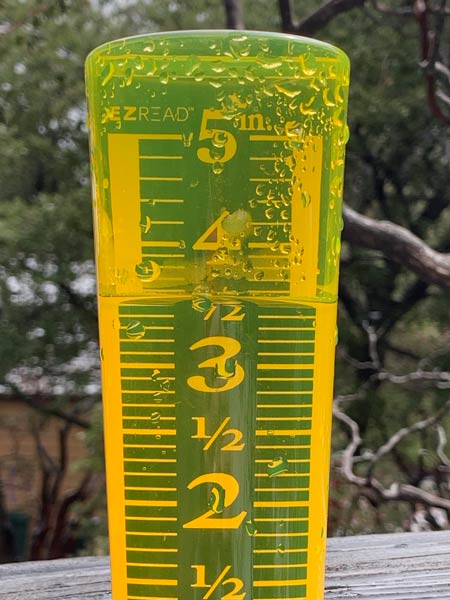On Jan. 19, Tom Vilsack, secretary of the U.S. Department of Agriculture, announced the allocation of nearly half a billion dollars to reduce wildfire risks in and near national forests landscapes in Arizona, California, Idaho, Nevada, Oregon, Utah and Washington.
“It is no longer a matter of if a wildfire will threaten many western communities in these landscapes, it is a matter of when,” said Vilsack. “The need to invest more and to move quickly is apparent. This is a crisis and President Biden is treating it as one.
“Today’s announcement will bring more than $490 million to 11 key landscapes across the western United States, and will be used to restore our national forests, including the restoration of resilient old-growth forest conditions.”
Nearly 60% of this funding will be going to California forests. The Southern California Fireshed Risk Reduction Strategy includes the San Bernardino National Forest (SBNF). These forests will receive about $10 million for work on 5,000 acres, according to Adrienne Freeman, public affairs specialist for the Pacific Southwest Region.
However, the allocation of the $10 million among the four Southern California national forests has not yet been determined. “At this time, we do not have confirmed dollar allocations or identified projects by forest. All areas on the San Bernardino National Forest are in consideration, and more information will be forthcoming,” wrote Kay Wiand, SBNF deputy forest supervisor.
The long-term goal for Southern California is treating 27,500 acres in the next three years.
January’s announcement complements the agency’s previous announcement in 2022 of funding for 10 landscape projects. The forest service’s long-term strategy is to reduce the risk of catastrophic wildfire to critical infrastructure, community protection and forest resilience.
With these two announcements, mitigation work will be undertaken on 137 of the 250 high-risk firesheds in the western U.S. The two-year total funding will be $930 million and will help mitigate risk to about 200 communities within these landscapes. Besides prevention, the work will help areas recover from fires during the past several years.
The forest service found that around 80% of the wildfire risk to communities is concentrated in less than 10% of firesheds, or areas where wildfires are likely to threaten communities and infrastructure. These targeted investments focus on firesheds with the highest risk, where projects are ready to begin or to expand.
To efficiently accelerate these projects, Vilsack also is authorizing the forest service to use a new emergency authority in the Bipartisan Infrastructure Law, combined with strategic implementation of existing authorities. These provisions will allow the forest service to quickly apply targeted treatments to the high-risk firesheds identified in the Wildfire Crisis Strategy. Opportunities to pursue science-based reforestation will be part of the treatment’s application.
“Restoring natural forest health and diversity with thoughtful, science-based fuels treatments is critical for the future of California communities and natural resources,” said Kara Chadwick, deputy regional forester with the Pacific Southwest Region. “With our partners, we are dramatically increasing the scope and pace of fuels reduction projects in landscapes across the state.”
These actions are required to be conducted in an ecologically appropriate manner that maximizes the retention of large trees and considers historically underserved communities and tribes.
Collaboration is another critical component of fire protection throughout California forests, the forest service emphasized. In California, the regional forester is co-lead of the California and Wildfire and Forest Resilience Task Force with California Natural Resources Agency Secretary Wade Crowfoot. The Task Force is aligning billions of dollars in state and federal funds to increase the pace and scale of treatments.
Vilsack’s announcement comes on the anniversary of the forest service’s Wildfire Crisis Strategy, which debuted Jan. 18, 2022. A few months later in April, the agency introduced the initial 10 fire-prone landscapes that are now funded for the next five years through Bipartisan Infrastructure Law funds.
The 10-year strategy calls for treating up to 20 million acres on national forests and grasslands, and up to 30 million acres of treatments on other federal, state, tribal, private and family lands.
In the Southern California landscape, the forest service and its partners’ goal is to reduce wildfire exposure through vegetation management, strategic fuel breaks, and conservation of montane forest ecosystems (mountain slopes) to reduce the threat of ignition. With local partners, projects will address “hardening” of homes and utilities, creating more defensible space, improved land use planning and greater public education.
In August 2022, the president signed the Inflation Reduction Act into law. The law made $5 billion in more funding available to the forest service over 10 years, including $1.8 billion for fuels and vegetation treatments on the national forests and grasslands in the wildland-urban interface.



